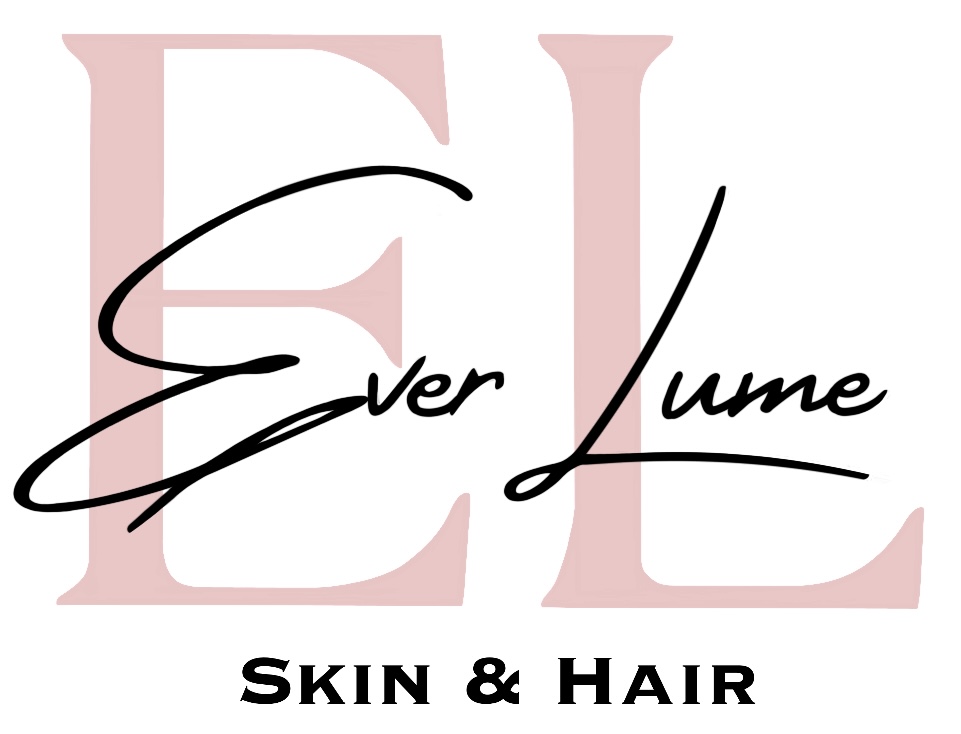Acne
Breakouts 101: Your Clear-Skin Game Plan
How to Tackle Acne and Breakouts Without Wrecking Your Skin Barrier
First—What Is Acne, Really?
Acne happens when your pores get clogged with a mix of oil (sebum), dead skin cells, and bacteria. It shows up in different ways—blackheads, whiteheads, cysts, and those painful under-the-skin breakouts.
Acne is often hormonal, but can also be triggered by things like stress, diet, skincare habits, or even your pillowcase. The good news? It’s very treatable.
What Causes Acne and Breakouts?
Here are the most common triggers:
• Hormones: A surge in androgens increases oil production
• Clogged pores: From heavy products, makeup, or dead skin buildup
• Bacteria: C. acnes bacteria living in pores can lead to inflammation
• Stress: Increases cortisol, which can mess with your skin’s balance
• Diet: Dairy and high-sugar foods may trigger some people
• Incorrect skincare: Over-cleansing, stripping, or skipping moisturiser can backfire
Ingredients That Actually Work for Acne
Here’s what’s proven to help (and what works best for each type of breakout):
• Salicylic Acid: BHA that unclogs pores and reduces oil
• Benzoyl Pero (2.5–5%): Kills acne-causing bacteria
• Tretin: Speeds up cell turnover and prevents clogged pores
• Azelaic Acid: Calms redness and treats post-acne marks
• Niacinamide: Balances oil and soothes inflammation
• Sulfur or Zinc: Great for calming active spots
• Clindamycin or other topicals: Target bacteria and inflammation
Your Clearer-Skin Routine (Balanced + Targeted)
Morning:
• Gentle Cleanser (non-stripping)
• Niacinamide Serum or Lightweight Hydrating Serum
• Non comodogenic moisturiser
• SPF 30–50 (non-comedogenic, of course)
Evening:
• Cleanser
• Tretin or Adap – 2–3x/week to start
• Or Benzoyl Peroxide Treatment (spot treat or layer with care)
• Moisturiser – calming, non-clogging formula
• Optional: Azelaic acid or salicylic acid, used on alternate nights
Pro Tips to Prevent Future Breakouts
• Wash pillowcases and towels frequently
• Avoid touching your face throughout the day
• Don’t skip moisturiser—even oily/acne-prone skin needs hydration
• Double cleanse if you wear makeup or SPF
• Avoid over-cleansing or harsh scrubs—it can worsen inflammation
• Be patient: most acne treatments take 6–12 weeks to show results
What Not to Do When Dealing With Acne
• Don’t pick or squeeze—it causes scarring and spreads bacteria
• Don’t skip sunscreen—it helps prevent dark marks after breakouts
• Don’t overdo actives—balance is key (too much = more inflammation)
• Don’t get discouraged—acne is super common, and improvement is totally possible with time
Final Thoughts
Acne can be frustrating, but it doesn’t define you—and it definitely doesn’t have to be forever. With the right mix of active ingredients, gentle habits, and some patience, clearer skin is absolutely within reach. Be kind to your skin, and give your routine time to work—you’ve got this.
